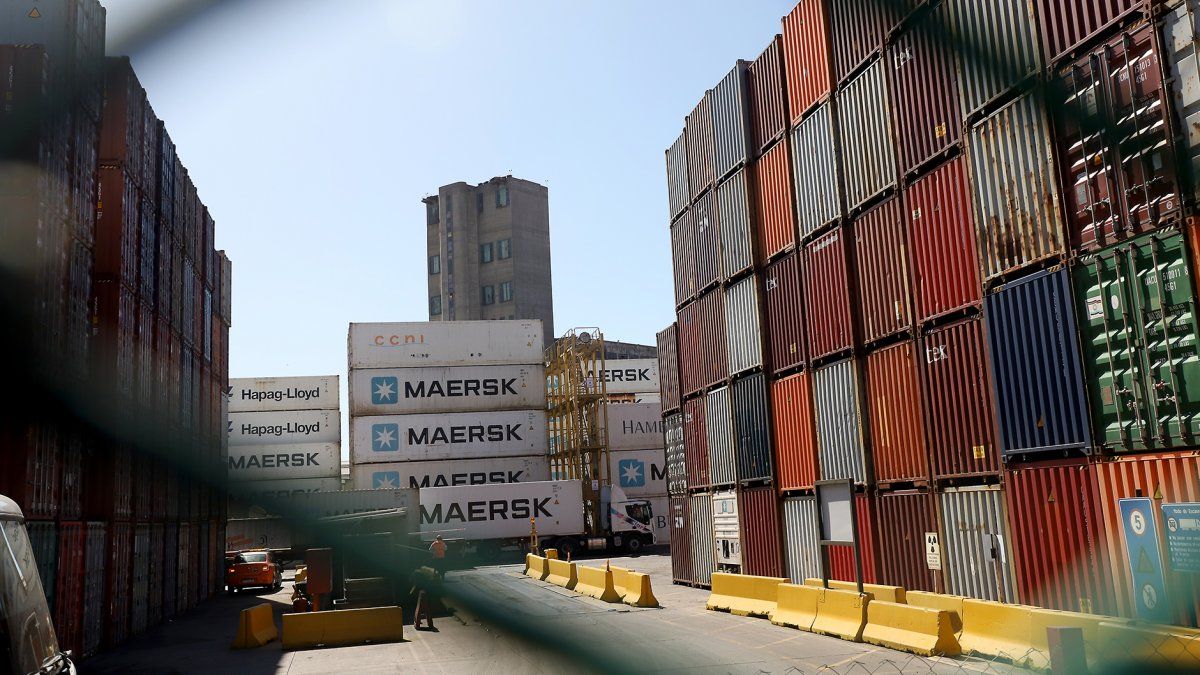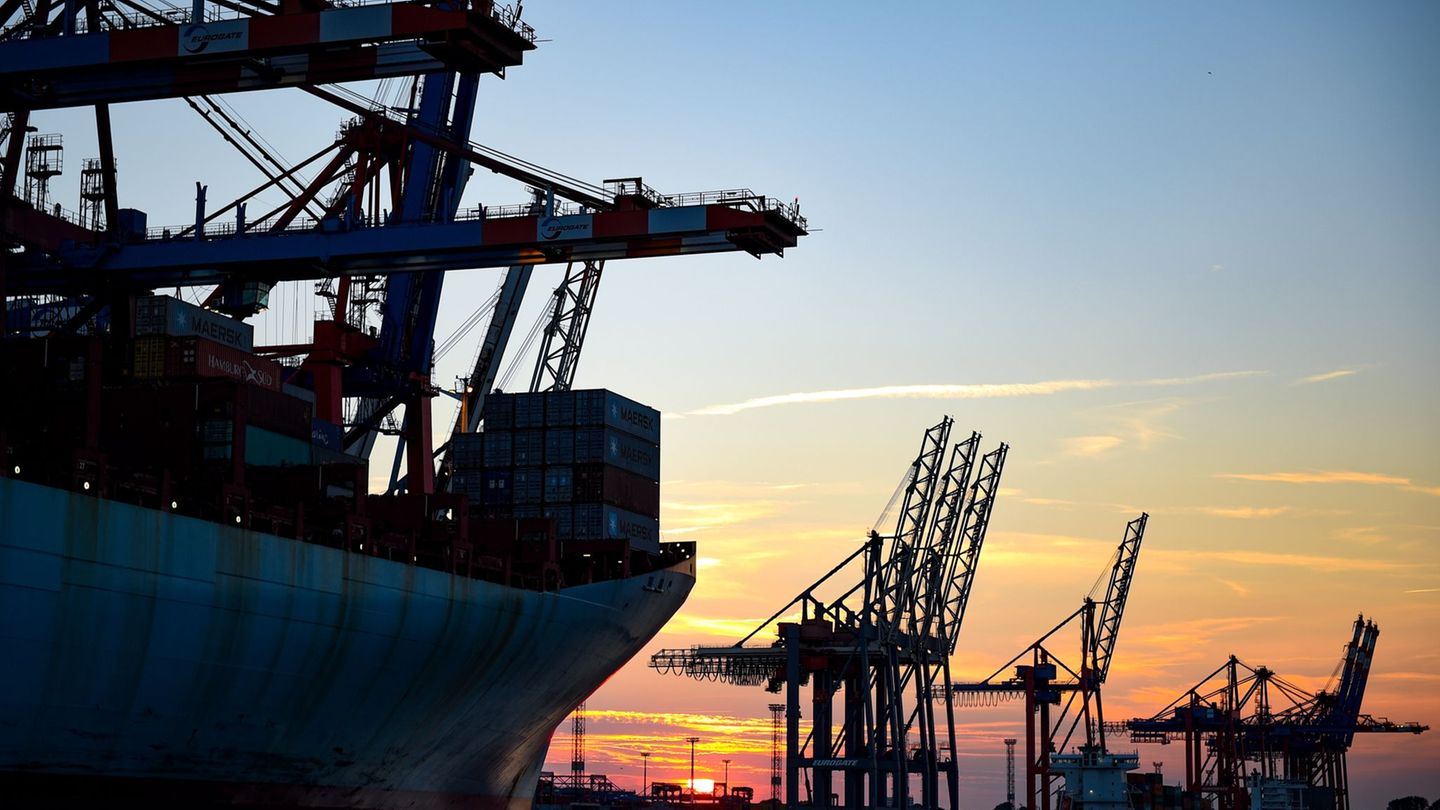Although it was going to be announced earlier this week, the fine print has yet to be finalized. It happens that it does not depend only on the Ministry of Foreign Trade, in charge of Matías Tombolini, but also intercedes the AFIP of Carlos Castagneto and the Customs of Guillermo Michel. For companies, the way to import will be the same, with the difference that The entire system will be centralized in Economy, and the Central Bank, headed by Miguel Pesce, will no longer have a place in the decision.
predictability
The new system aims to generate “predictability and traceability” in import operations. Predictability so that companies can know the date on which they will access the dollars to be able to import.
Currently, companies fix their imported inputs with what they call a “replacement dollar”, which is not the official $150, but can be the financial one, an average, or even Rófex futures, to “hedge” against the uncertainty of not knowing when and at what exchange rate imports will pay. This was one of the factors that led to inflation that has been at a floor of 7% since July, when the greatest restrictions began.
The term of the declaration, which with the SIMI had 180 days of validity once it had the exit status, could now drop to ninety. On the other hand, the organizations that intervene in the foreign trade single window regime (Vuce), where the information on import procedures is unified, must decide in a shorter period of time, much less than 60 days, as was the case today with the IF MY.
On the other hand, the system could include a request made by some business chambers, such as the Cgera: notice may be given of operations that do not require access to the foreign exchange market, but rather be canceled with foreign currency in their own possession.
traceability
The word “traceability” refers to the fact that in the new system the company will be able to know where the process was “stuck”, something that does not happen today, and it is not known if it was because it was a non-automatic license (Commerce), a problem with the Financial Economic Capacity (AFIP) or lack of quota, something that relieves the Central Bank. Also, The new system incorporates the “customs risk profile”, which occurs if the importer carried out import overinvoicing operations or used precautionary measures “abusively”.
The customs risk profile was created this week by Customs, in a system called Radar, to centralize all information on complaints or penalties. It should be clarified that Since there are SIMIs that have already been submitted, they will remain valid, but all the new controls will be added to them.
The business chambers await the Economy call to obtain the details of the implementation. It was a busy week for the foreign trade teams, after more than a thousand non-automatic licenses were added, which include everything from final goods to some supplies. A) Yes, almost half (46%) of imports will remain as non-automatic licenses, when before it was 18%.
What the companies, who understand that “there are no dollars”, expect is that there be a more “productivist” vision in the administration of foreign trade. There was a lot of anger about the entry of final goods, such as machines, while the same ones that were produced locally, lacked some input. Secondly, They expect greater “flexibility” in the imports of some 20,000 SMEs, which buy less than US$2 million annually from abroad.
Source: Ambito
David William is a talented author who has made a name for himself in the world of writing. He is a professional author who writes on a wide range of topics, from general interest to opinion news. David is currently working as a writer at 24 hours worlds where he brings his unique perspective and in-depth research to his articles, making them both informative and engaging.




